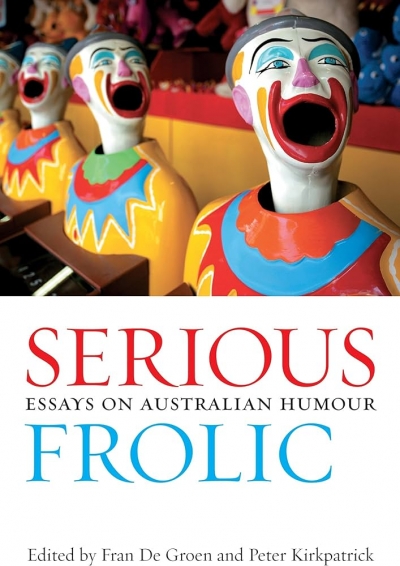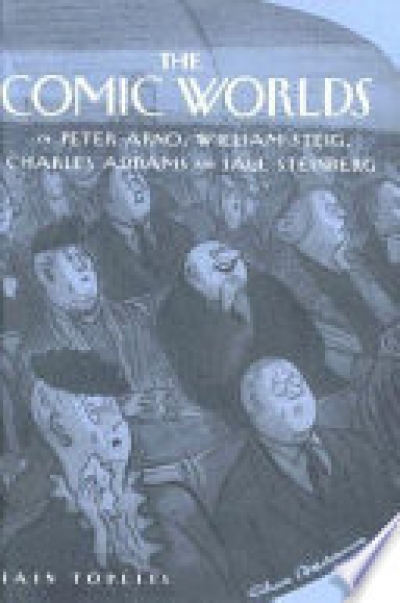Robert Phiddian
Serious Frolic: Essays on Australian Humor edited by Fran de Greon and Peter Kirkpatrick
by Robert Phiddian •
Comic Commentators: Contemporary political cartooning in Australia edited by Robert Phiddian and Haydon Manning
by Iain Topliss •
Pacifism and English Literature: Minstrels of peace by R.S. White
by Robert Phiddian •
Man of Steel: A Cartoon history of the Howard years edited by Russ Radcliffe
by Robert Phiddian •
The Wayward Tourist: Mark Twain's adventures in Australia by Mark Twain, with an introduction by Don Watson
by Robert Phiddian •
Poetry and Philosophy from Homer to Rousseau: Romantic souls, realist lives by Simon Haines
by Robert Phiddian •








